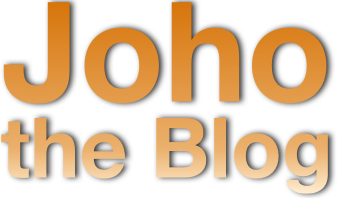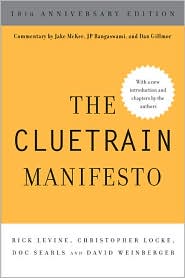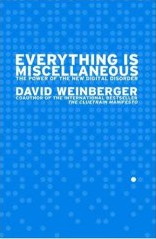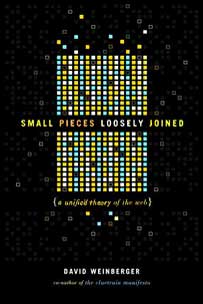October 20, 2013
[templelib] Temple Univ. library symposium
On Friday I had the pleasure and honor of attending a symposium about libraries as part of the inaugural festivities welcoming Temple University’s new president, Neil Theobald.
The event, put together by Joe Lucia, the Dean of Temple U. Library, featured an amazing set of library folks. It was awesome to have some time to hang out with such an accomplished group of people who not only share values, but share values that are so core to our culture.
I liveblogged the talks, with my usual unreliable haphazardness and cavalier attitude toward accuracy and comprehension. Here are the links, in chronological order (which of course is the reverse of blogological order):
-
James Neal: 26 truths about libraries
-
Siobhan Reardon: Renewing Philadelphia’s public libraries
-
Nancy Kranich: Engaging the academic community
-
Rachel Frick: Innovation outward
-
Anne Kenney: Cornell’s hiphop collection
-
Bryn Geffert: Libraries as publishers
-
Charles Watkinson: Univ. press partnerships
-
Craig Dykers: Architecting libraries
I led off the session with a talk about why the networking of knowledge and ideas, especially in college communities, should encourage libraries to develop themselves as platforms in addition to being portals.








